#MalaiseEra
Rare Rides Icons: The Lincoln Mark Series Cars, Feeling Continental (Part XL)
Here we are, the 40th installment in the Lincoln Mark series cars. After the debut of the exciting new Continental Mark VII in 1984 heralded the arrival of modern styling and a Luxury Sports Coupe (LSC) trim, Lincoln’s management made minor trim alterations in 1985 before Big Time Changes in 1986.
Rare Rides Icons: The Lincoln Mark Series Cars, Feeling Continental (Part XXXIX)
As we’ve learned in the prior two installments to this series, the Continental Mark VII was a new take on Lincoln’s halo PLC theme, inside and out. With a distinct move away from huge chrome bumpers, excessive trim, and bench-style seating for six, the Mark VII also wanted to move its trim designations beyond the leisure suit era that affected the prior two generations. The new trim hierarchy would end up the final time a Designer Series was available on a Mark.
Rare Rides Icons: The Lincoln Mark Series Cars, Feeling Continental (Part XXXVIII)
After a review of the Lincoln Continental Mark VII’s completely revamped and modernized styling in our last entry, we’ll spend this today on its interior. As Lincoln attempted to draw a new, more youthful well-heeled customer base to the Mark, the PLC traditionalist of yore faded away. And said youthful customer - usually with an eye on European cars - was less interested in acres of faux wood panel, ruched velour, traditional instruments, and overstuffed button-tufted interiors.
Rare Rides Icons: The Lincoln Mark Series Cars, Feeling Continental (Part XXXVII)
As we learned in our last entry, the new for ‘84 Lincoln Continental Mark VII headed in a different direction than any of its PLC predecessors. It was smaller and lighter than even the downsized Mark VI that came before it and rode on the newer Fox platform shared by the Mustang, Thunderbird, Cougar, and indeed the Continental sedan. The Mark’s Eighties evolution was a necessary measure as European luxury competition came in hot, and the disco-traditionalist type PLC customer of the past was no more. Lincoln’s designers had a tall order in the earliest days of the Eighties: Maintain the Mark’s identity generally as a Lincoln and a luxury coupe, and move its looks beyond everything prior to 1984.
Junkyard Find: 1976 Pontiac Grand Prix LJ
From the time John DeLorean and his Pontiac co-conspirators created the 1962 Grand Prix until the very last W-Body Grand Prix appeared a couple of years before Pontiac's demise, millions of North American car shoppers eagerly purchased the affordable sportiness of the Grand Prix. Today's Junkyard Find is an example from the very pinnacle of Grand Prix sales, found in pretty decent condition in a Colorado self-service wrecking yard.
Rare Rides Icons: The Lincoln Mark Series Cars, Feeling Continental (Part XXXVI)
When Lincoln’s new Continental Mark VII arrived for the 1984 model year, the sleek new coupe offered immediate relief from the tired (and lousy) Panther platform Mark VI that languished at dealers between 1980 and 1983. The move to the Fox platform with the likes of the Thunderbird and Cougar was accompanied by a big step forward in drivability, technology, and general modernization for the Mark. Finally!
Rare Rides Icons: The Lincoln Mark Series Cars, Feeling Continental (Part XXXV)
It didn’t take very long for the chilly reception of the downsized and Panther-based Mark VI to reach Ford HQ in Dearborn. Despite the seductive and elegant four-door Mark VI’s presence, sales were nowhere near those of the outgoing Mark V. Things continued on their downhill trend for the model’s four-year duration. It was time for an all-new take on the PLC from Lincoln.
Junkyard Find: 1979 Lincoln Continental Town Car
1979 was the final model year for genuinely enormous Lincoln sedans, with the mighty Continental moving to the Panther platform for 1980. Today's Junkyard Find, found in a Colorado car graveyard recently, is one of those era-ending Continentals.
Rare Rides Icons: The Lincoln Mark Series Cars, Feeling Continental (Part XXXIV)
In today’s Lincoln Mark coverage, we reach the conclusion of the ill-fated and unpopular Mark VI. Though the Mark of 1980 to 1983 was arguably the least interesting entry in the model’s history and the one with the least amount of effort put into it, Lincoln still charged a pretty penny for its PLC. But the market was changing, and so was Lincoln’s lineup.
Junkyard Find: 1982 Cadillac Eldorado Biarritz
Cadillac began using the Biarritz name on the high-zoot Eldorado in 1956, dropped it after 1964, then revived it for 1976 on an Eldo distinguished by its extra-squishy "Cabriolet" vinyl half-roof. The definitive Biarritz came a bit later, though, with the downsized 1979-1985 generation of Eldorados. Here's one of those cars, found on the outskirts of my very favorite Colorado car graveyard.
Rare Rides Icons: The Lincoln Mark Series Cars, Feeling Continental (Part XXXIII)
We continue our Rare Rides coverage of the unfortunate Lincoln Continental Mark VI today, and take a deep dive into its cobbled-together and frequently shuffled trims, the Designer Series in particular. In a last-of moment, the Mark VI quickly lost the exclusivity it once carried as Lincoln’s purveyor of fine designer styling.
Rare Rides Icons: The Lincoln Mark Series Cars, Feeling Continental (Part XXXII)
We return to our Lincoln Mark series today, and the newly Panther-tized Mark VI coupe and sedan. We’ve already examined the exterior differences between Marks V and VI, as Lincoln designers attempted to replicate the successful looks of their late Seventies PLC with much less length and width available. Design freedom was additionally hampered by new platform sharing with the 1980 Continental, for which the Mark VI basically served as a top trim. Today we’ll check out the Mark’s newly modernized interior.
Rare Rides Icons: The Lincoln Mark Series Cars, Feeling Continental (Part XXXI)
During the mid-Seventies, the design team at Lincoln had a tall order in regard to the upcoming 1980 Mark VI. The all-new coupe would need to continue the PLC styling tradition of the Mark III, IV, and V, the former of which dated back to 1968. But for the first time, Mark’s "large and in charge" styling would be applied to a much smaller car. For an added challenge, Lincoln’s brass decided the Mark’s ethos needed conversion onto a sedan. Let’s see how it went.
Junkyard Find: 1983 Jaguar XJ-S HE
When the time came to design a successor to the beautiful Jaguar E-Type, British Leyland gave the world a much different V12-powered coupe. This was the XJ-S, and it stayed in production for more than 20 years. This week's Junkyard Find is an early High Efficiency model, found in a self-service yard near Reno, Nevada last fall.
Rare Rides Icons: The Lincoln Mark Series Cars, Feeling Continental (Part XXX)
It’s our 30th installment in the Lincoln Mark series, and we’re at a low point. As mentioned last time a confluence of different factors forced downsizing across the American car landscape. Money-saving tactics from the accountants at Ford meant the new, “improved,” and much smaller Mark VI wore almost identical styling to its lesser Continental sibling (a first). Both cars even shared a platform, with Mark VI offered in required two- and unexpected four-door guises.



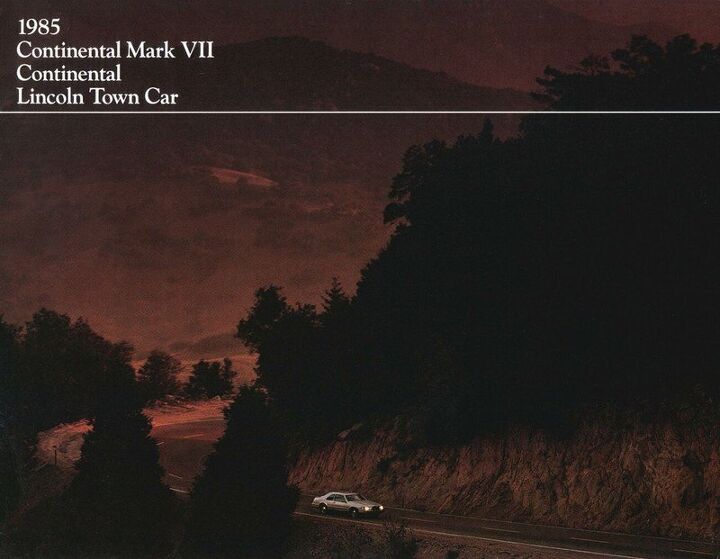
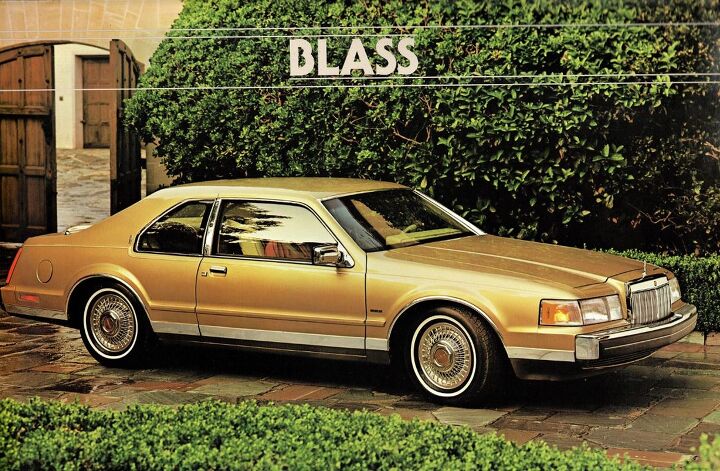
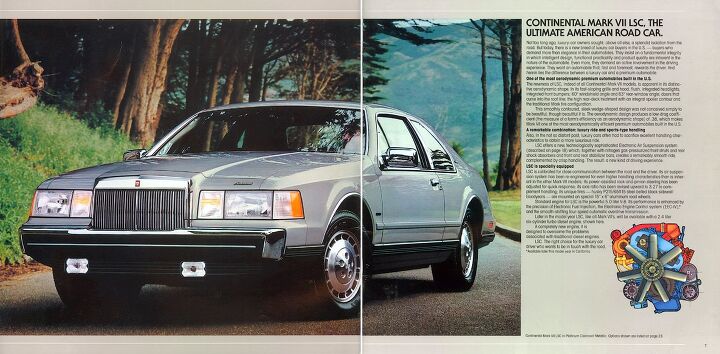
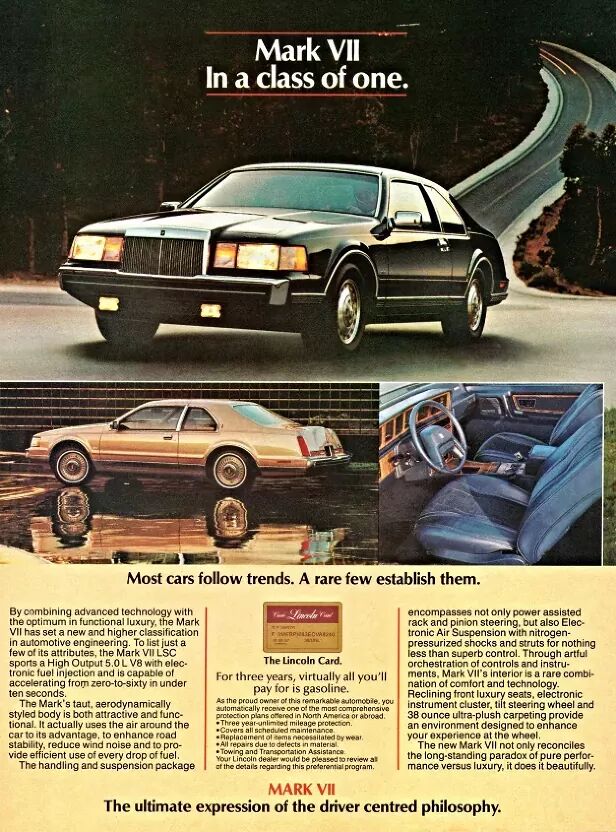


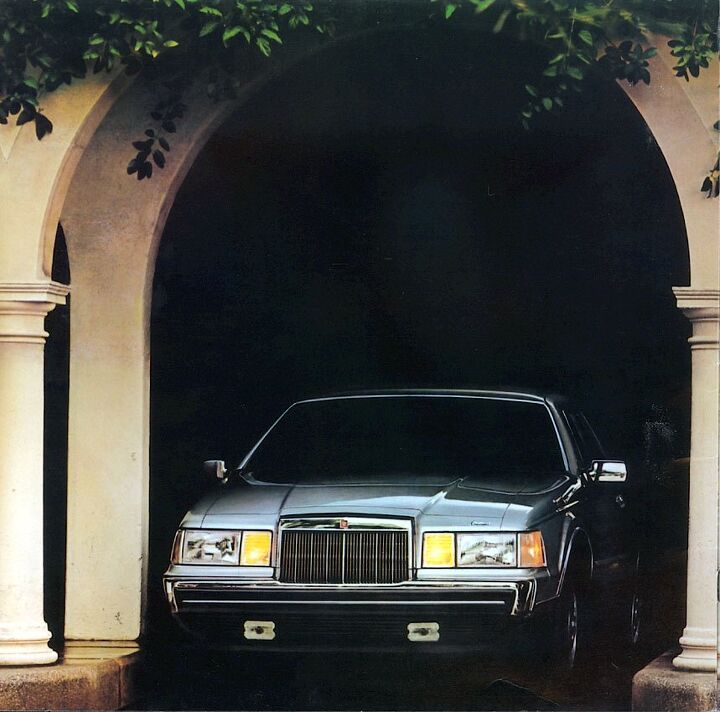
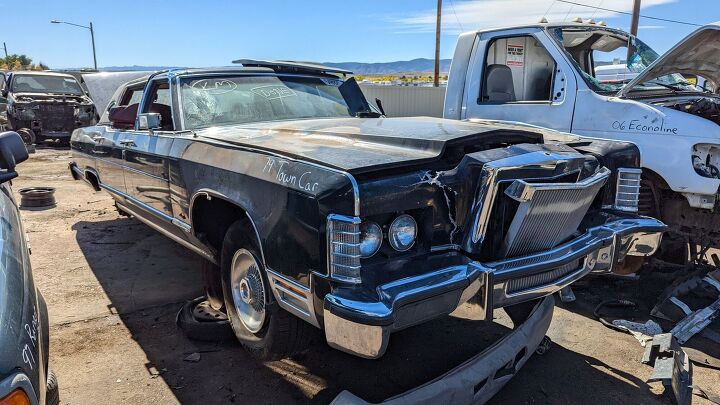


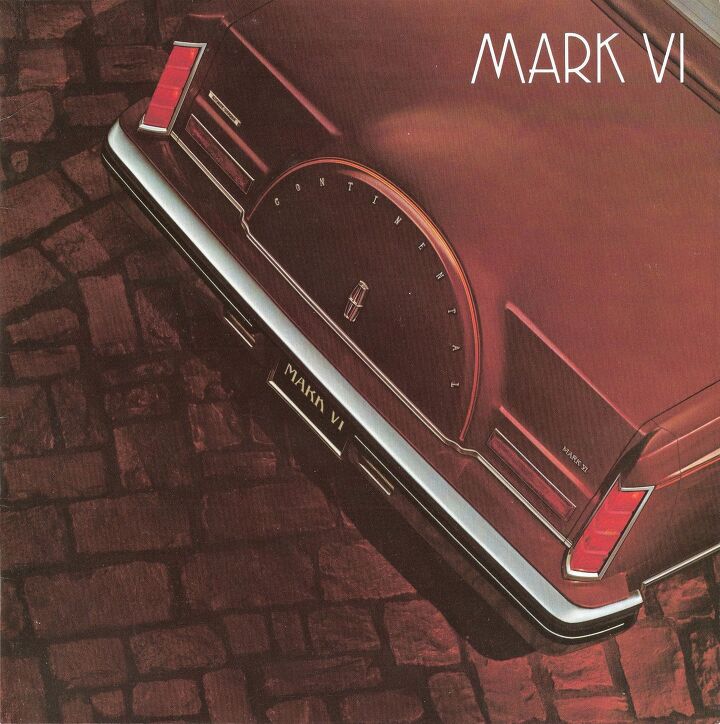

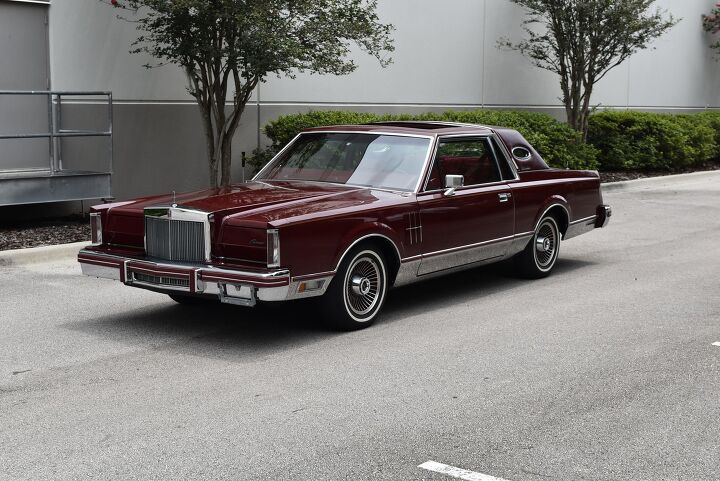

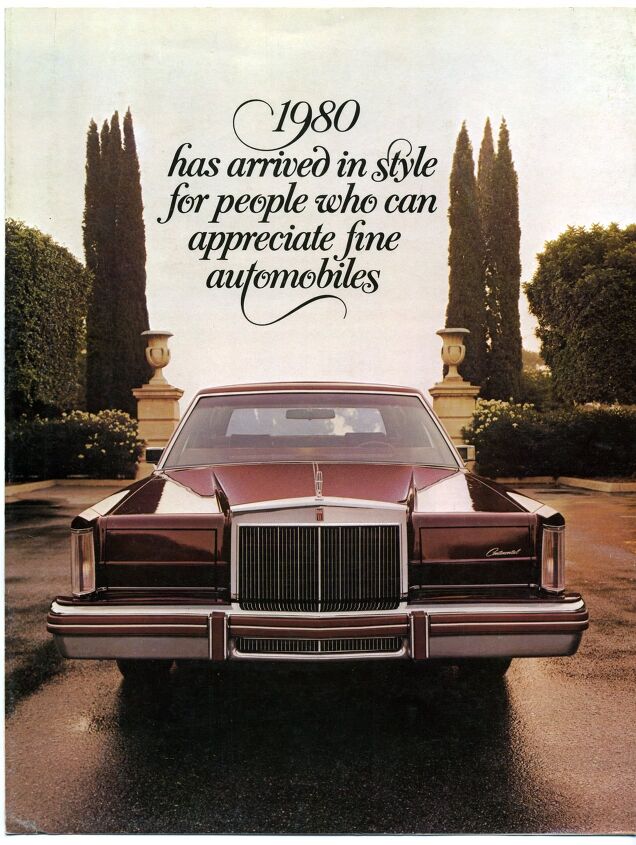











Recent Comments